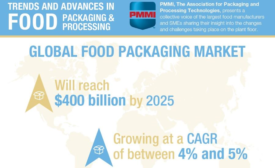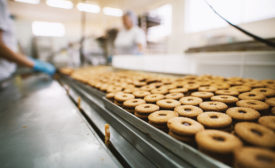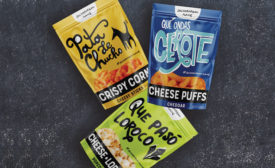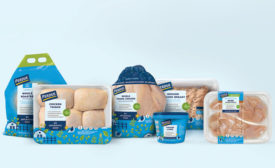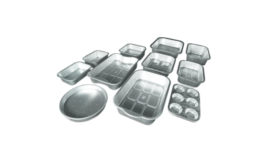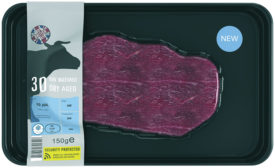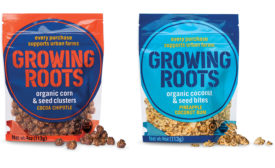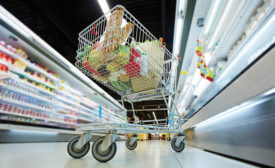Home » Keywords: » food packaging trends
Items Tagged with 'food packaging trends'
ARTICLES
Spotlight Feature
Using IIoT to Improve Packaging Line Performance
Incremental implementation of the IIoT by plant engineers and other experts is the best route to success.
September 10, 2019
Brand Packaging: Packaging Redesign
Is It Time For a Food Package Redesign?
These steps will help you to make a decision whether it’s time to redesign or leave it alone.
April 1, 2019
Market Trends
Tending the Flock in Poultry Packaging
Poultry packaging has come out from the sidelines with smart technologies, bold colors and innovative materials.
February 12, 2019
Market Trends: Meat Packaging
Meating the Packaging Challenge
The meat packaging sector demands high-quality packaging solutions, requiring excellent presentation with a focus on shelf-life extension.
August 14, 2018
Market Trends: Snack Food Packaging
A New Culture in Snacking
Consumer packaged goods companies rush to take a bite out of growing snack foods market.
June 15, 2018
Cover Story: Food Packaging
What’s Cooking in Food Packaging?
Consumer trends driving developments that enhance food shopping
February 12, 2018
Keep the info flowing with our eNewsletters!
Get the latest industry updates tailored your way.
JOIN TODAY!Copyright ©2025. All Rights Reserved BNP Media.
Design, CMS, Hosting & Web Development :: ePublishing

